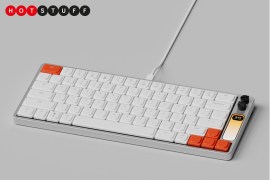Battleborn review
You'll have a blast with this bombastic shooter

Gearbox Software’s smash hit trilogy Borderlands was deliciously more than the sum of its cartoonish, firearms-obsessed parts. Much the same is true of Battleborn, proving beyond reasonable doubt the old adage, ‘It’s not where you take it from, it’s where you take it to.’ Just so long as that place has loads of guns.
Compared to Borderlands and other Gearbox shooters such as Duke Nukem: Forever and Counter Strike, Battleborn is far more difficult to categorise without resorting to a ton of acronyms. Its DNA blends FPS mechanics with MOBA-like gameplay (multiplayer online battle arena) and strong elements of tower defence. Think of it as Destiny’s distant, unhinged cousin.
Far from making for an incoherent melange, all these elements somehow slot together like a psychedelic jigsaw.
One world to rule them all
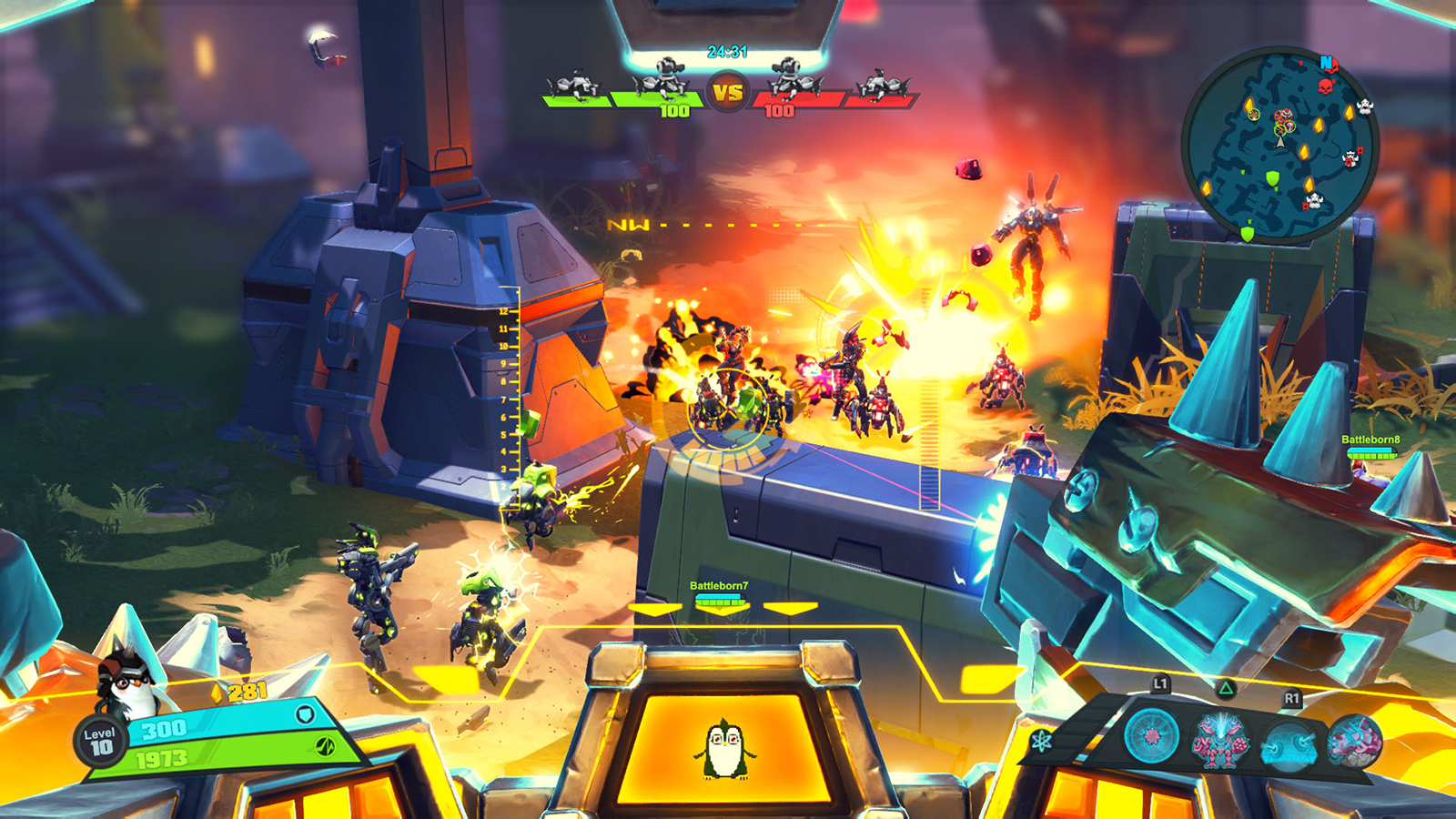
Battleborn opens with a tame, non-skippable prologue tutorial and a mystifyingly bad opening animation that introduces you to the mechanics and overarching story, which equates to: “there’s one planet left in the universe and everyone wants it”. It’s not exactly a literary classic but it’s charmingly over the top.
The campaign proper is the perfect place to get a feel for the starting selection of heroes, the mechanics and to level up your hero and ‘command’ rank. The latter unlocks new heroes and the ability to buy better loot crates and so on, while the former unlocks skins, background lore and skill modifiers. Trust us, you can ignore it completely and just enjoy the new notifications as you accidentally unlock the new shiny things.
Get a MOBA this › Overwatch beta review
Teamwork makes the dream work
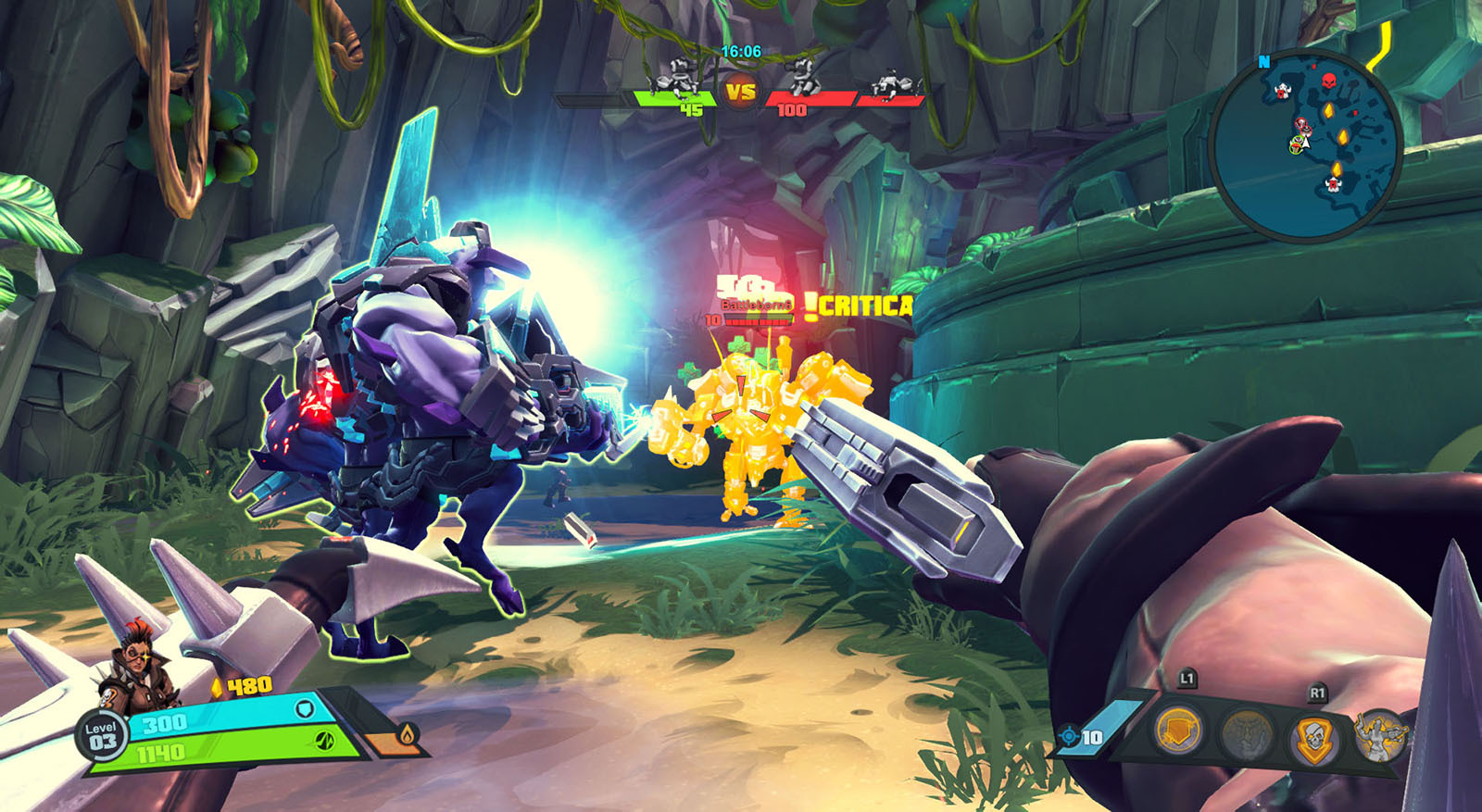
The best way to do this at first is via the game’s campaign mode, which is far from a quick bolt-on before you crack into Battleborn’s multiplayer. There’s a good variety of missions that work best with four other players, but can (just about) be played solo too. ‘The Algorithm’ is a highlight, from icy caverns to great boss fights, including a giant robot convinced it’s a spider. You must periodically activate poison canisters to force it into the open – and it’s this kind of mechanic and teamwork where the campaign really shines.
The lowlights are definitely the inevitable, and endless ‘wave defence’ objectives, which often pose a frustrating difficulty spike. If you fail the objective, that’s it – loading screen, salty tears, and anywhere up to 40 minutes of progress wasted.
Although things never quite hit Borderlands level hilarity, at the campaign’s best you feel like you’re zipping through an episode of a hyperactive Saturday morning cartoon. There’s also replay value in chasing better medals and levelling up, but the same self-referential jokes wear thin more rapidly.
A link to the past › Quantum Break review
Think fast
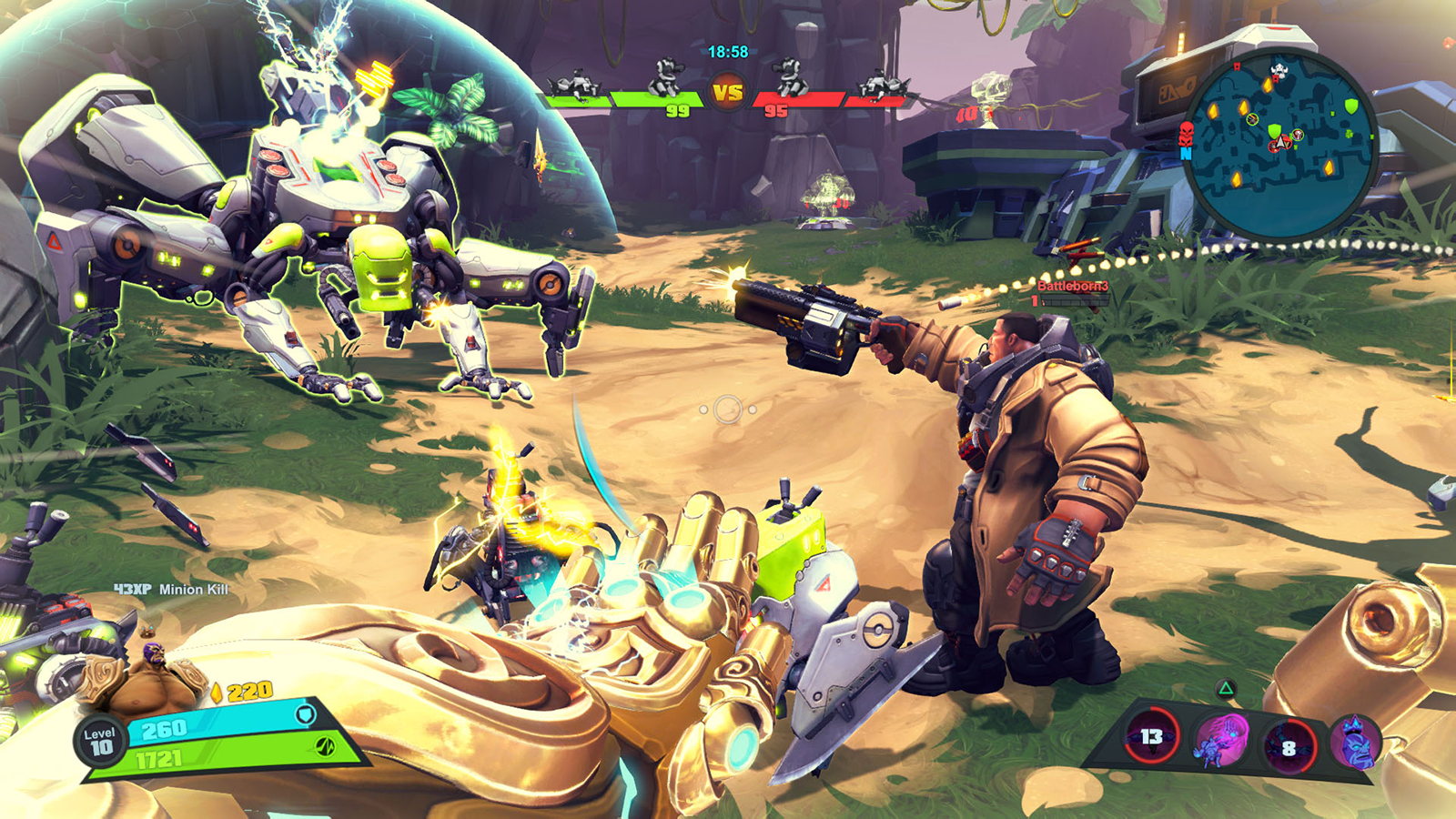
Online multiplayer will invariably be the focus for most though, two modes especially. ‘Incursion’ borrows the League of Legends model, with two teams of five facing off across a large map with multiple routes trying to destroy each others’ bases. Each team has constantly spawning AI units, and building momentum is crucial. That’s where the buildables come in – by spending shards (found growing around the map and by killing stuff) you can upgrade healing, speed and defensive towers and mobile super-units to turn the tide.
At first it feels like a lot of things getting in the way of your gun, but things swiftly click, partly due to the strong visual feedback and intuitive controls. There’s a lot of strategy in how you divide your time and coordinate as team, but even a lone-wolf can contribute to the greater (destructive) good.
‘Meltdown’ twists the formula – the only way to earn points is by escorting your minions into grinders. The levels in this mode are more inter-connected with fewer defence points. This makes it manic – with attacks coming (usually at once) from left and right, up, and behind. It really has a distinct feel but it’s not for the easily panicked. The third mode is a standard ‘capture and hold’ variant around a more circular map, which is much more streamlined and perfect for a quicker game. However, starting any of these modes takes as long as making a well-brewed cup of tea (too long, unless you really want a tea) and there’s no real punishment if a player has a tantrum and ducks out.
Everything you need to know › Sony PlayStation 4K preview
Pack it in
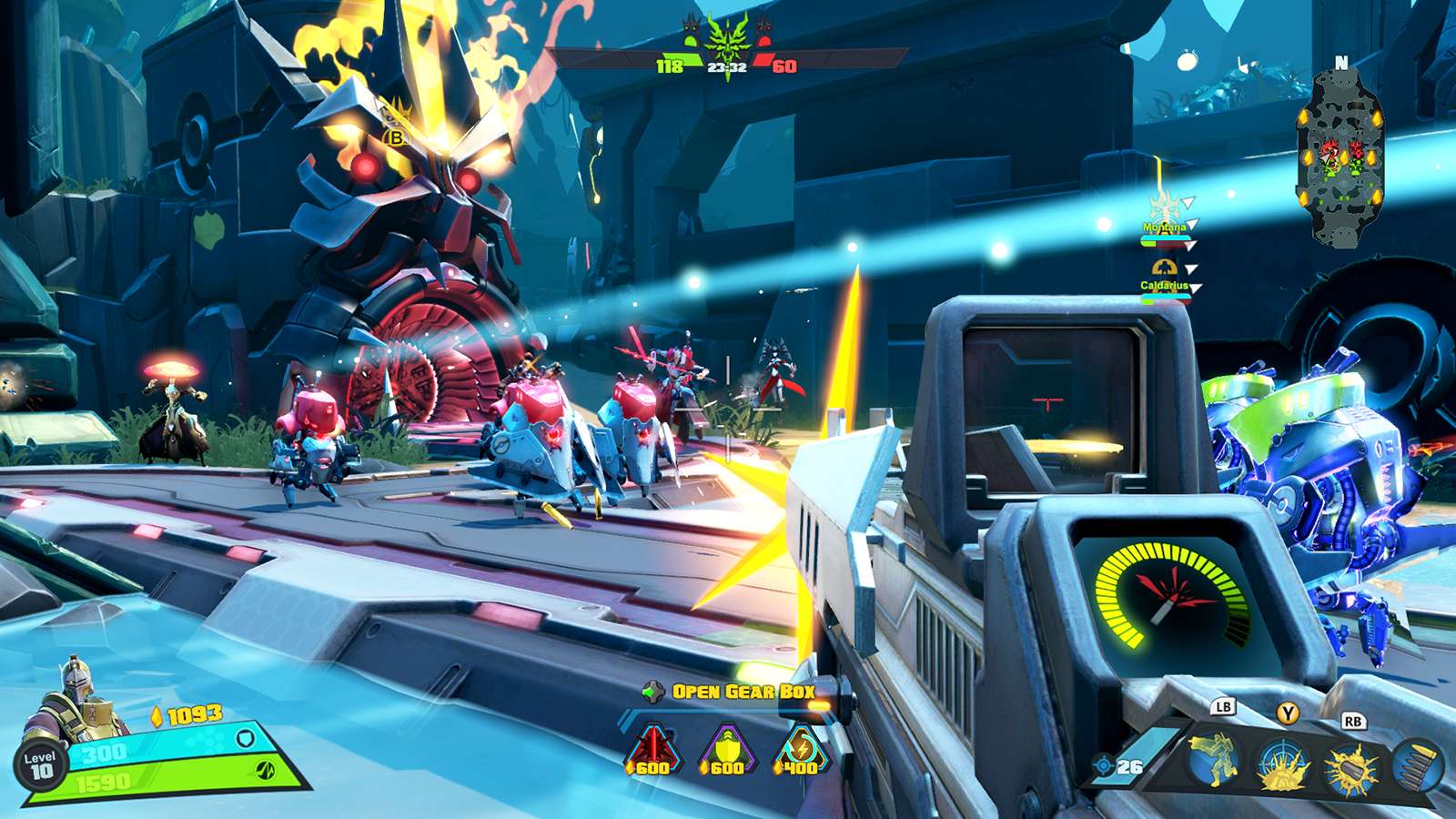
Underpinning the gameplay are three constant mechanics: gear; character progression; and the helix, a fancy term for your in-match levelling system. As you ding up a level, you can choose between two upgrades to your existing skills. This links to the persistent progression by gaining experience with a character you unlock ‘mutations’ for your helix, allowing you more flexibility and personalisation.
As for gear, you essentially build mini-loadouts of three pieces that you get by opening loot crates and influence things like your max shield strength, ability cool down, and so on. You can earn packs (who doesn’t love opening packs after all?) by levelling up your user level, or spending credits. You’ll choose from one of your pre-made loadouts before a game and equip the gear by spending precious shards, which adds some meta to the in-match economy.
Battle for New York › The Division review
Choose your #squad
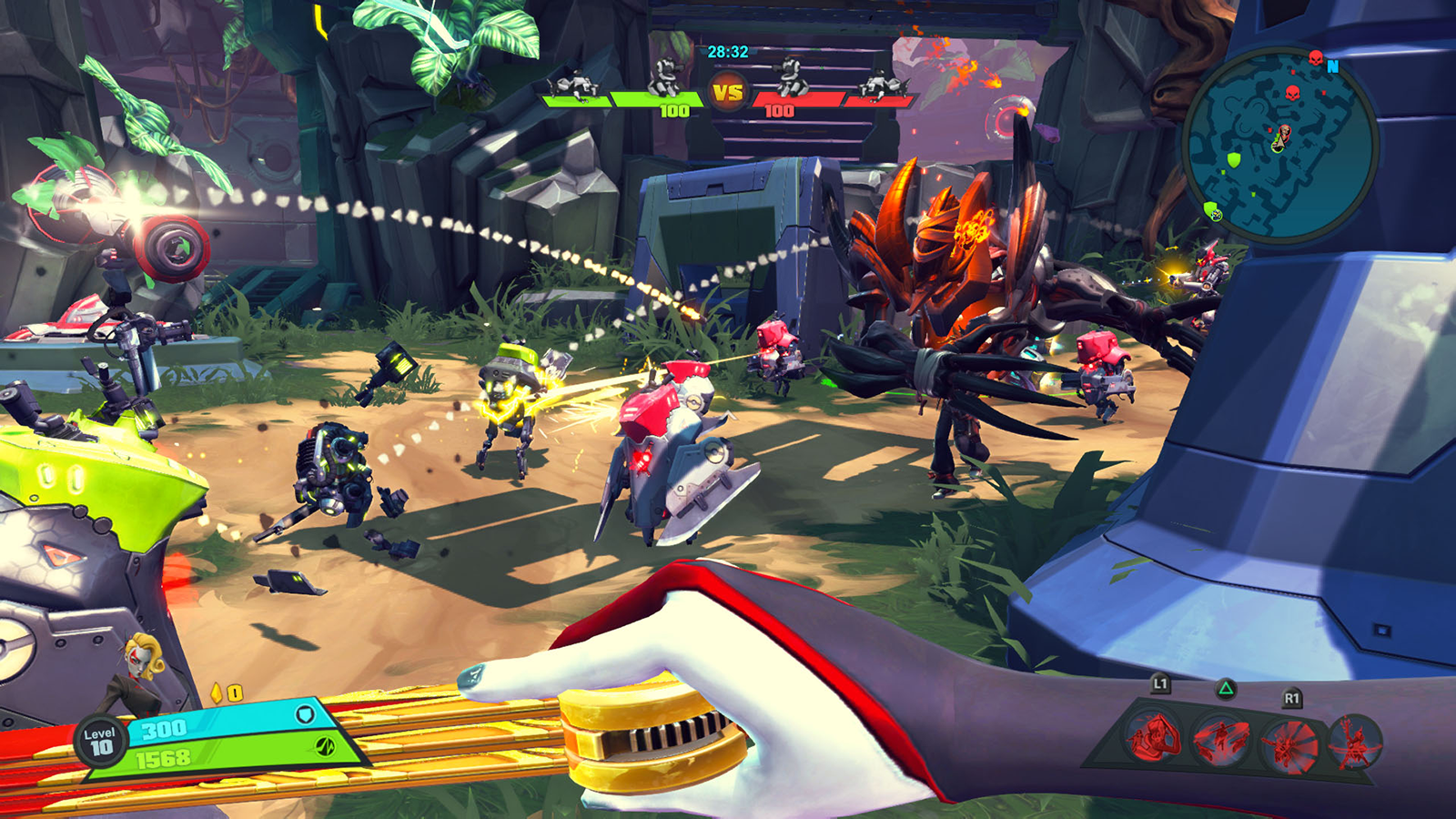
Of course, none of this madness would be worth describing if the characters you actually play as weren’t colourful, awesome and imaginative. They really are – falling into five camps, each with a unifying aesthetic; The sinister Jennerit Imperium; the space-druid Eldrids; the heroic United Peacekeepers; the roguish…Rogues; and the eccentric Last Light Consortium. Between them there’s a crazy mix of styles, from a gliding, rocket-launcher wielding hawk to an AI skull in a lumbering battle-suit. Or maybe you’d prefer The Marquis? A posh robot with a sniper-cane who can summon spectral owls from his top-hat and occasionally has a maniacal laughing fit?
Each character can be unlocked in two ways: attaining a certain rank in multiplayer or winning 5 games with a Jennerit, say. It’s one of many smart little moves that rewards the skilled with a shortcut but means no-one will miss out in the long run. At the moment, a few heroes seem as unbalanced in power as they are psychologically though. Mr. AI skull (real name ISIC) feels like an indestructible cannon, and every player will learn to adore/despise the inescapable spinning blades of Rath.
Battleborn verdict
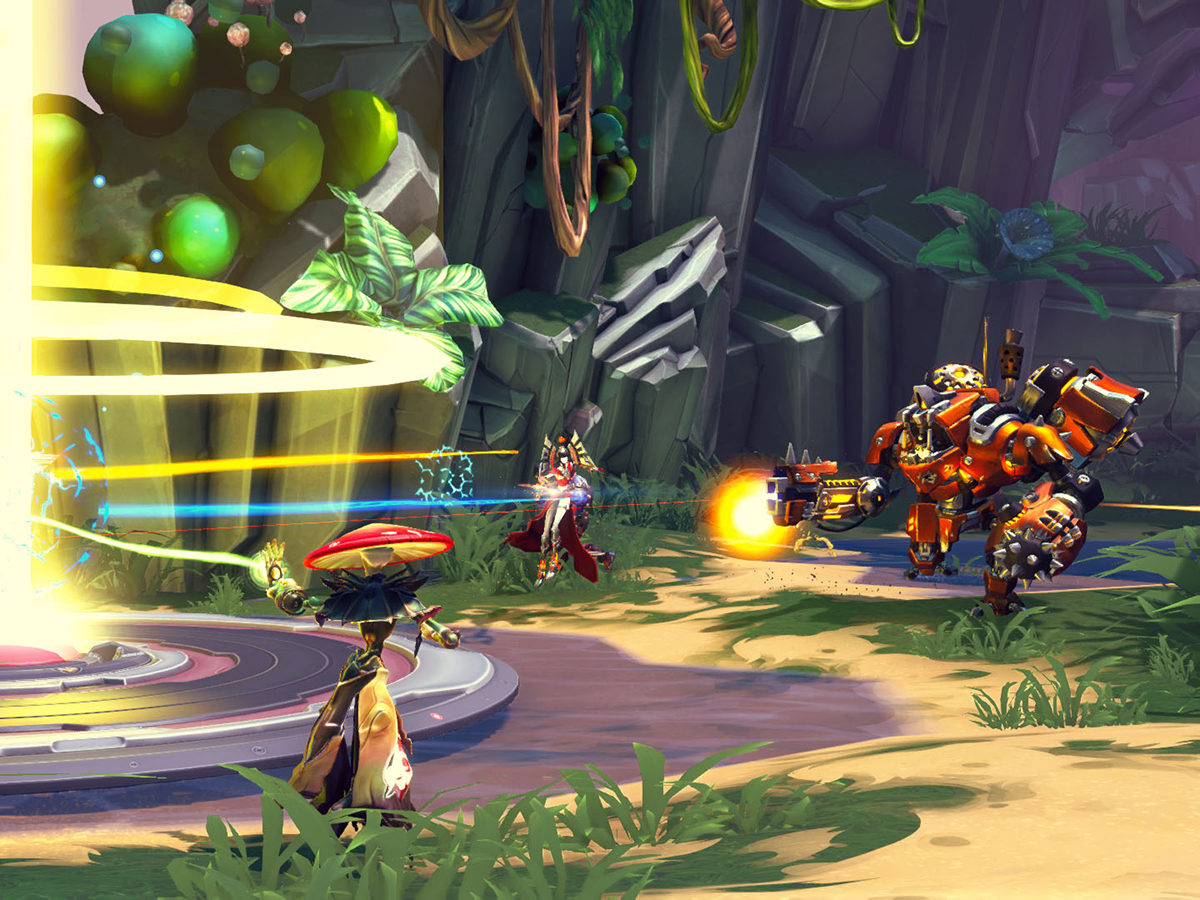
Overall, Battleborn’s many moving parts click together to provide huge momentum, some thoughtful if minor innovations, and a hyper barrage of fun. If you’re not interested in the long tail of multiplayer, the campaign alone won’t warrant a purchase. Otherwise, if you don’t mind the sense of humour left over from Duke Nukem, it’s a riotous, bulging package. Snigger.
Best of the best › The top 10 games you can play right now
Stuff Says…
A vivid, light-hearted but deep arena shooter that’s deliriously fun
Good Stuff
Inventive and varied characters and abilities
Good campaign and co-op experience
Lots of accessible and smart design/progression choices
Bad Stuff
A few technical hiccups (currently)
Campaign difficulty spikes



